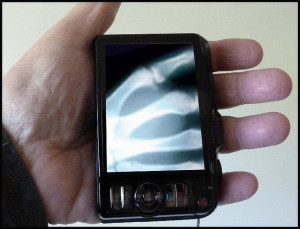
Among all the injuries that car accident victims suffer — including medical bills, lost wages, and property damage — emotional distress might be one of the most difficult to prove. Unlike with a broken bone, there are no X-rays or a visible scan you can point to as proof of your injury.
What Is Emotional Distress?
Emotional distress damages in a personal injury case are monetary damages that compensate an injured person for the psychological impact an injury has had on his or her daily life. Sleep loss, anxiety, fear, depression, and uncontrollable crying all may fall under the definition of emotional distress, which is a subjective damage that varies from person to person.
Because emotional distress injuries are largely psychological, and even though the suffering can be great or perhaps even greater than physical injuries, plaintiffs often have a hard time proving to a court that they suffer from emotional distress, let alone that they are entitled to damages for this injury. Emotional distress is typically inflicted either through negligent or intentional conduct.
Emotional Distress and Colorado Law
Emotional distress is typically classified as a non-economic damage in a personal injury lawsuit. Nearly 20 years ago, Colorado passed a succession of tort reform laws limiting the amount of non-economic damages that an injured plaintiff could recover to $250,000, and it was not until 2007 that these caps were increased for inflation.
The current non-economic damage cap in Colorado for people injured after January 1, 2008, is $468,010, which can be increased by the court to a maximum amount of $936,030 if clear and convincing evidence is present to justify the increase. By allowing an adjusted cap for inflation, the Colorado legislature is attempting to ensure that non-economic damages in excess of the cap to be awarded only to the most severely injured and damaged plaintiffs.
Proving Emotional Distress
If you are suffering from emotional distress related to a personal injury, there are several factors that may considered in your emotional distress claim, including:
- Intensity: Generally, the more intense the mental anguish you suffer, the better your chance of recovering damages. But in cases alleging negligent rather than intentional emotional distress, courts may require some sort of accompanying physical injury as well.
- Duration: Persistent emotional distress, like chronic pain that won’t go away, may be easier to prove in court.
- Relevant physical injuries: While it may be difficult to prove emotional distress alone, if you provide evidence of relevant bodily injury (ulcers, headaches, sleep issues) it may be easier to collect damages.
- Underlying cause: The more extreme the underlying causes of the emotional distress, the more likely it will be for a court to award damages for emotional distress. For example, a survivor of a mass shooting may have an easier time collecting damages for emotional distress than the victim of a common rear-end collision.
- Medical evidence: A note by a doctor or psychologist should accompany every emotional distress claim, as it will generally add weight and credibility to the claim.
Your personal injury lawyer may incorporate several of these points into the development of your personal injury case to successfully recover damages for emotional distress.
Image by Vince, used under Creative Commons license.
